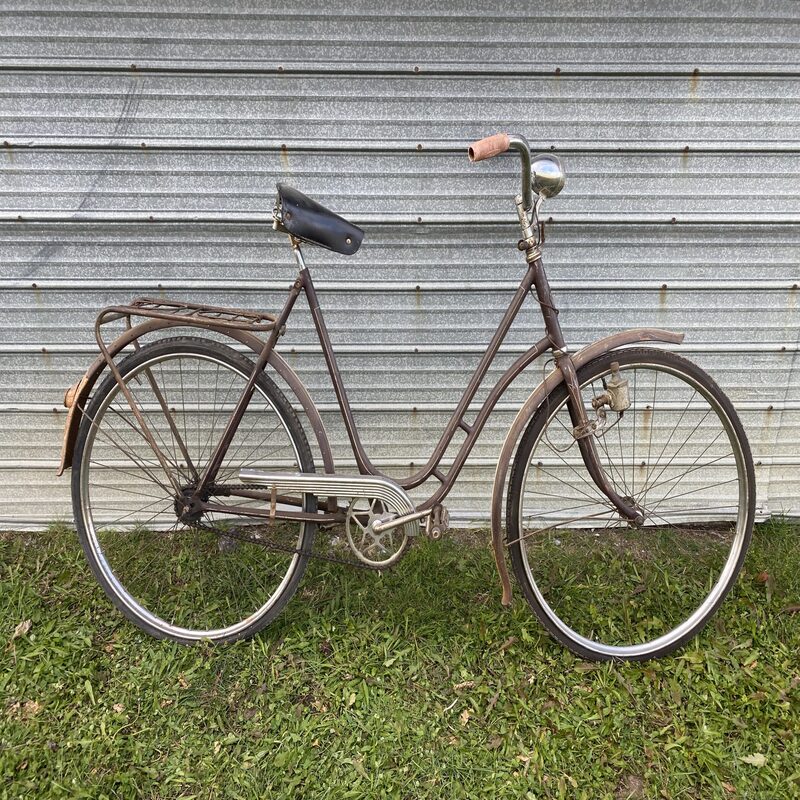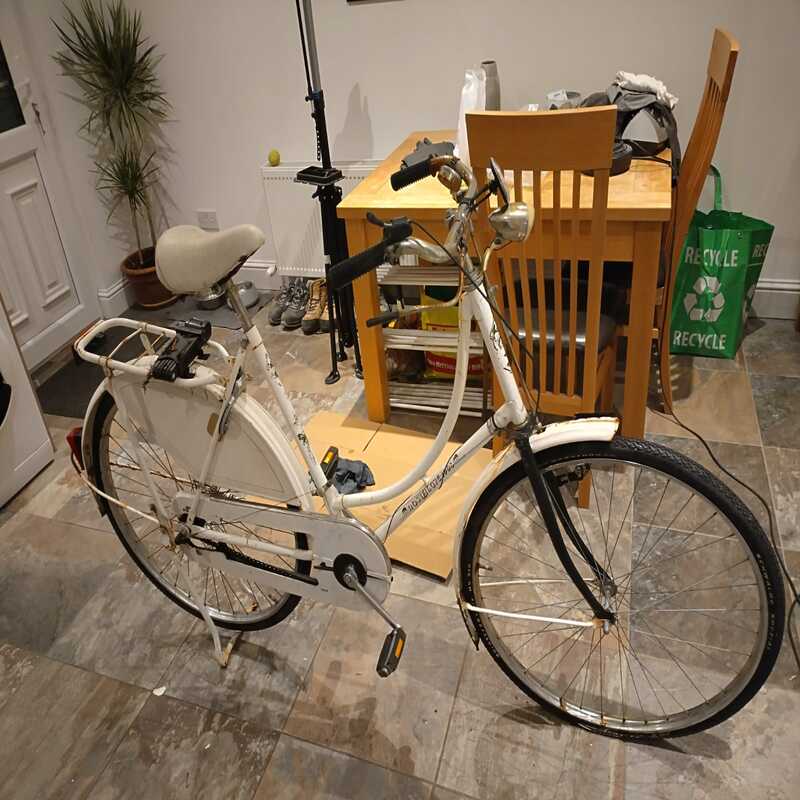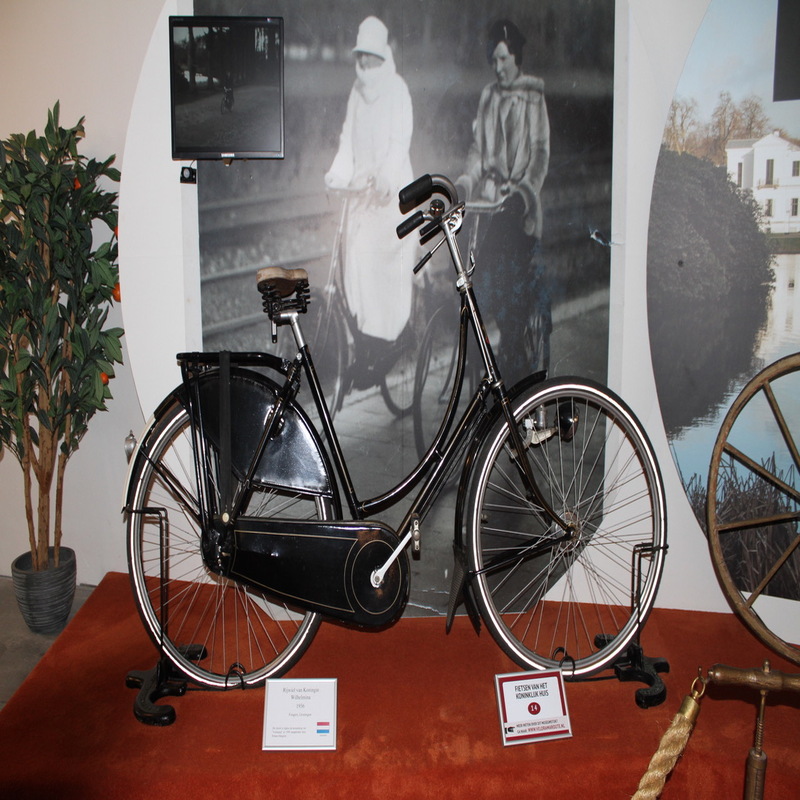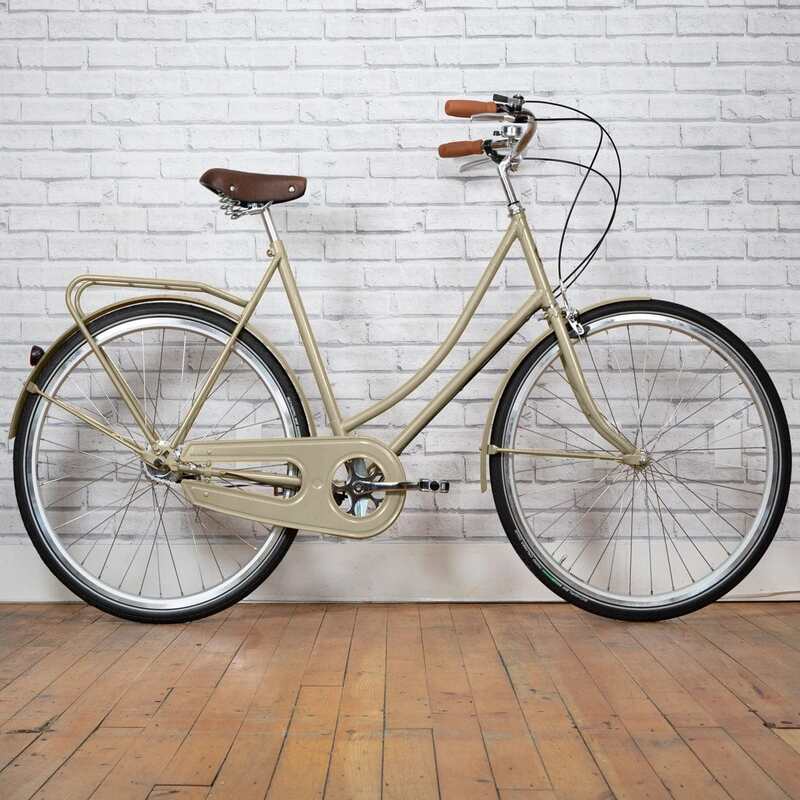A Brief History of Cycling in the Netherlands
The Boom of Bicycle Manufacturing
As demand for bicycles grew, so did the bicycle manufacturing industry. Numerous companies emerged, producing a variety of models. Some focused on functionality, while others aimed for style and speed. However, the practical aspects of design dominated the market. Most people wanted sturdy bicycles capable of handling daily wear and tear. This focus on durability defined the unique character of Dutch bicycle.
Early Beginnings of Cycling
The origins of cycling in the Netherlands date back to the 19th century. The bicycle was initially a luxury item reserved for the wealthy. However, as production methods improved, more people gained access to bicycles. This led to a gradual increase in popularity among the general population. Moreover, cycling became an economically feasible means of transport in urban settings. Eventually, it transformed the landscape of cities in the Netherlands.

Defining Features of Dutch Bicycle
Dutch bikes stand out for their unique features. They combine practicality with a classic vibe. Two of the most distinctive traits are the upright riding style and the curved handlebar.
Upright Riding Position and Comfort
The upright riding position of a dutch bicycle is central to its design. It allows for a relaxed posture. This style reduces strain on the back, neck, and shoulders. Riders enjoy greater visibility and comfort during their journey. Whether it’s a long commute or a short errand, comfort remains a constant with these bikes.
The Signature Curved Handlebar
Dutch bicycles are known for their iconic curved handlebars. These bars complement the bike’s upright position and add to its aesthetic charm. They offer easy steering and better control. This design suits leisurely rides through the city, ensuring a pleasant trip.
The Design Elements of Dutch Bicycle
The Classic Features of Dutch Bicycle
Dutch bicycles are known for their distinctive design. One of the key features is the upright riding position. This design provides comfort while allowing for good visibility. Cyclists can interact easily with their surroundings. Moreover, the steel frame makes the bicycle sturdy and resilient. These bicycles often come equipped with fenders and chain guards. This ensures cleanliness and minimizes maintenance.
Variations and Innovations of Dutch Bicycle
While traditional Dutch bicycles have specific features, there are numerous variations. Some models include cargo bikes that can carry heavy loads. These bikes are essential for families and small businesses. Electric bicycles have also gained popularity in recent years. They provide an efficient means of transport, especially for longer distances. Consequently, innovations continue to emerge in bicycle design. These new models cater to changing lifestyles and urban challenges.

The Cultural Impact of Bicycles in the Netherlands
Dutch Bicycle: A Mode of Transportation
In the Netherlands, bicycles serve as a primary mode of transportation. An estimated 27 million bicycles exist in a country of approximately 17 million people. This statistic illustrates the love for cycling among the Dutch population. Bicycles facilitate commutes to work, school, and social engagements. The extensive network of cycling paths promotes safety and encourages more people to cycle. This infrastructure enhances the cycling experience, making it enjoyable.
Dutch Bicycle: A Symbol of Sustainability
Dutch bicycles also represent a commitment to sustainability. Cycling significantly reduces carbon emissions compared to cars. As awareness of climate change grows, many is turning to cycling for eco-friendly transport. The government supports bicycle initiatives through policies and infrastructure improvements. This includes expanding bike lanes and offering subsidies for electric bicycles. Consequently, cycling contributes to a healthier environment and community.
The Everyday Life of Cyclists
Incorporating Cycling into Daily Routines
For many Dutch citizens, cycling is part of their daily routines. Commuting by bicycle is not only practical but also enjoyable. Many people cycle to work or school, rain or shine. As a result, people often feel more energized and connected to their communities. Cycling also encourages active living, promoting physical health. Public initiatives often promote cycling through community events and educational programs.
Social Aspects of Cycling
Cycling in the Netherlands fosters social interactions. People often ride together, whether commuting or during leisurely outings. Additionally, family outings frequently involve cycling trips. This fosters a sense of togetherness and belonging. The cultural significance of cycling extends beyond daily transportation. Moreover, local cycling groups and clubs further enhance social camaraderie. They organize events and promote safe riding practices, deepening community connections.

Challenges Facing Cyclists
Safety Concerns
While cycling enjoys popularity, it is not without challenges. Safety concerns are paramount for many cyclists. Although the Netherlands boasts excellent cycling infrastructure, accidents still occur. Many cyclists advocate for better safety measures and awareness campaigns. Helmet use, for instance, remains a topic of discussion. Although not mandatory, many believe helmets can reduce injuries during accidents. Therefore, addressing safety concerns is vital for fostering cycling culture.
Weather Conditions
Weather conditions can also impact cycling habits. Rain and wind are common in the Netherlands. Consequently, some cyclists may choose alternative transportation during inclement weather. However, many Dutch citizens are undeterred. They continue to cycle regardless of conditions, highlighting their enthusiasm. Adaptability is part of the cycling culture. Many invest in weatherproof clothing and sturdy bicycles designed for all weather types.
Cycling Events and Initiatives of Dutch Bicycle
National Cycling Promotion Month
Every year, the Dutch celebrate National Cycling Promotion Month. This event emphasizes the importance of cycling for health and the environment. Various activities take place nationwide, aimed at encouraging participation. Local organizations host workshops, guided rides, and educational campaigns. The goal is to inspire both seasoned cyclists and newcomers. These initiatives help promote cycling as a way of life.
Local Community Events
Many cities and towns also host cycling events throughout the year. These include races, festivals, and community rides. Such events encourage social interaction while promoting cycling benefits. Local cycling shops often participate by offering discounts on services and products. Community events also help raise awareness about cycling safety and proper maintenance. The combination of competition and camaraderie creates an inviting atmosphere.
The Future of Cycling in the Netherlands
Technological Advancements
The future of cycling in the Netherlands looks promising, thanks to technological advancements. Innovations such as smart bicycles and app-based navigation are emerging. These technologies aim to enhance the cycling experience and improve safety. Additionally, advancements in electric bicycles continue to gain traction. These innovations make cycling accessible to a broader audience. As a result, more people are likely to turn to cycling as their transportation choice.
Policy and Urban Planning
Government policies and urban planning also play a crucial role. Initiatives aimed at reducing car dependency encourage cycling. Expanding the cycling infrastructure ensures a safe environment for riders. Local governments are investing in bike-friendly features. This includes dedicated bike lanes and secure parking facilities. Such changes enhance the appeal of cycling, encouraging more individuals to embrace it. As a result, cycling is expected to remain central to Dutch culture.
Conclusion: The Enduring Legacy of Dutch Bicycle
The Dutch bicycle is a symbol of culture, sustainability, and community. Throughout the years, it has evolved from a luxury item to an everyday necessity. Its unique design features cater to the practical needs of cyclists. The impact of cycling culture goes beyond personal transportation. It fosters social interactions, promotes health, and encourages environmental responsibility.
As we look ahead, advancements in technology and supportive policies will shape the future of cycling. Safety concerns and weather challenges may persist, but the spirit of cycling remains strong. National events and local initiatives keep the biking culture alive and vibrant. Ultimately, the Dutch bicycle is likely to endure as a cherished cultural icon. It serves as a reminder of the importance of sustainability and community in our daily lives.
